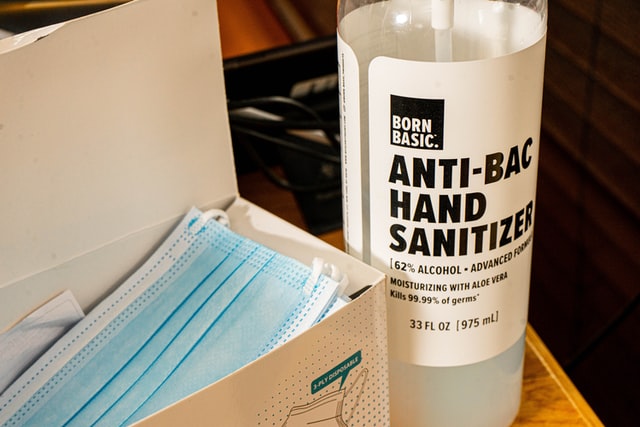How to Identify and Use Hospital-Grade Disinfectants
With today’s pandemic, it has become a top priority for clinics, hospitals, and other medical facilities to maintain an environment free of germs, bacteria, and viruses. Even people’s homes, workplaces, schools, and public spaces need to be kept safe from the deadly virus threat.
Products like Viraclean disinfectant ensure that even the most minor surfaces like handrails, doorknobs, light switches, counters, and workstations are thoroughly cleaned without leaving an overpowering smell familiar with strong disinfectants.
Medical workers and regular people can confidently use facilities and equipment prone to bacteria and germs through their top-notch cleaning technology. Using such disinfectants can also help contain and stop the spread of diseases.
Different Types of Cleaning Products and When to Use Them
When cleaning and disinfection, not only one product is used. Certain situations may require a different cleaning agent to remove or kill bacteria and viruses effectively.
- Sterilizers—These are used to eliminate all bacteria, fungi, spores, and viruses. They are mainly used in operating rooms, where critical instruments handle sterile body tissues.
- Disinfectants – These can kill microorganisms but not their spores. It should be used on hard, inanimate, non-porous surfaces. In a medical setting, it should be used on non-critical instruments that only come in contact with intact skin and environmental surfaces. Semi-critical objects or those in contact with mucus membranes should also be disinfected.
- Sanitizers reduce but do not eliminate microorganisms and should be used on knives, cutting boards, stockpots, or even non-food contacts like the sink, counters, or kitchen tops.
- Cleaning – This only refers to physically removing dirt and germs by washing or wiping a surface.
Difference Between Ordinary Disinfectant and Hospital Grade Disinfectant
Most products like Viraclean disinfectant have two types: commercial and hospital-grade. The commercial disinfectant can be used on surfaces such as sinks, toilets, and hard surfaces like chairs, tables, and benches. The hospital-grade disinfectant is pH neutral and has a non-corrosive formula that can kill many bacteria and viruses.
A hospital-grade disinfectant is suitable for disinfecting buildings and other fitting surfaces but excludes instruments or surfaces that may contact the skin. It should meet government standards for use in healthcare settings. Depending on this standard, the surface applied with the hospital-grade disinfectant should be tested for specific organisms. The product passed the quality evaluation test if these organisms cannot be detected.
Conversely, household or commercial-grade disinfectants must also meet government standards and be tested for effectiveness. However, the testing process is not as comprehensive as for hospital-grade disinfectants.
The product label should also specify if it is a hospital-grade disinfectant or a commercial one. Household or commercial-grade disinfectants should never replace hospital-grade disinfectants.
The pandemic increased the demand for medical, commercial, and household disinfectants. Disinfectants are essential in killing harmful microorganisms on frequently touched surfaces. It is vital to use them with caution. Always read the label and instructions before use.
Household and commercial-grade disinfectants reduce microorganisms from a wide range of surfaces. Hospital-grade disinfectants, on the other hand, can kill various bacteria and viruses.

















